
Rose Oil
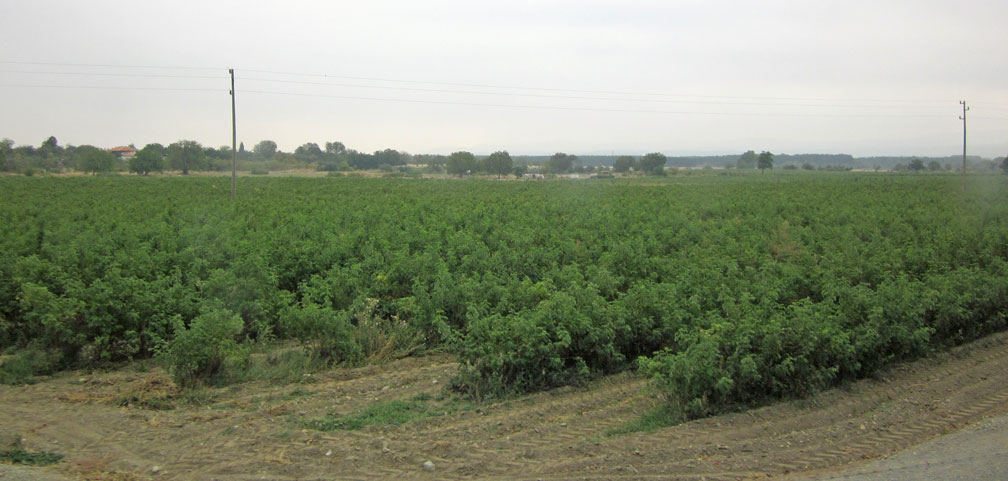
roses
Rose oil, meaning either rose otto
(attar of rose, attar of roses) or rose absolute, is the essential oil extracted
from the petals of various types of rose. Rose ottos are extracted through steam
distillation, while rose absolutes are obtained through solvent extraction or
supercritical carbon dioxide extraction, with the absolute being used more
commonly in perfumery. Even with their high price and the advent of organic
synthesis, rose oils are still perhaps the most widely used essential oil in
perfumery.
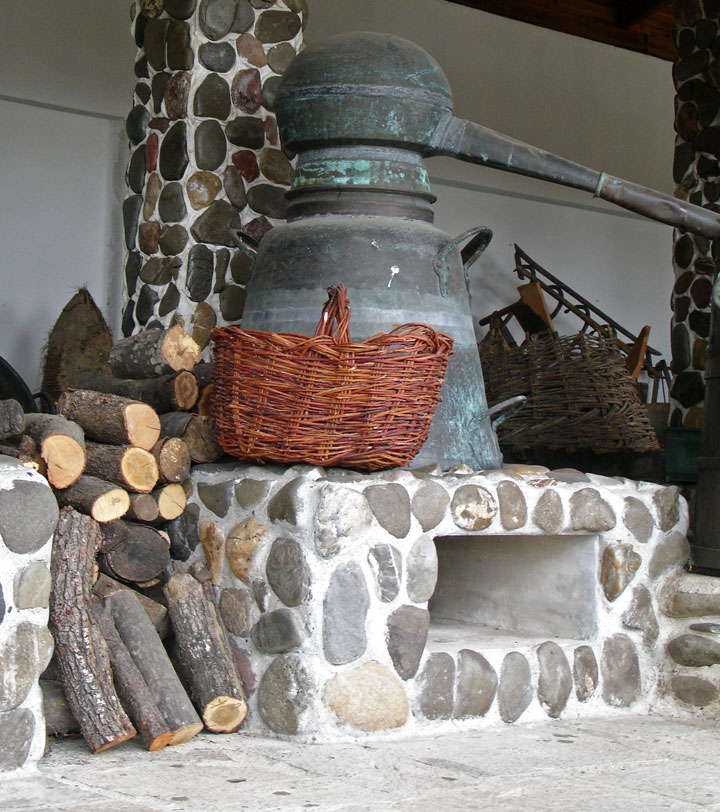
traditional rose oil still
Two major species of rose are cultivated for the production of rose oil:
Rosa damascena, the damask rose, which is widely grown in Bulgaria, Turkey,
Russia, Pakistan, India, Uzbekistan, Iran and China
Rosa centifolia, the cabbage rose, which is more commonly grown in Morocco,
France and Egypt
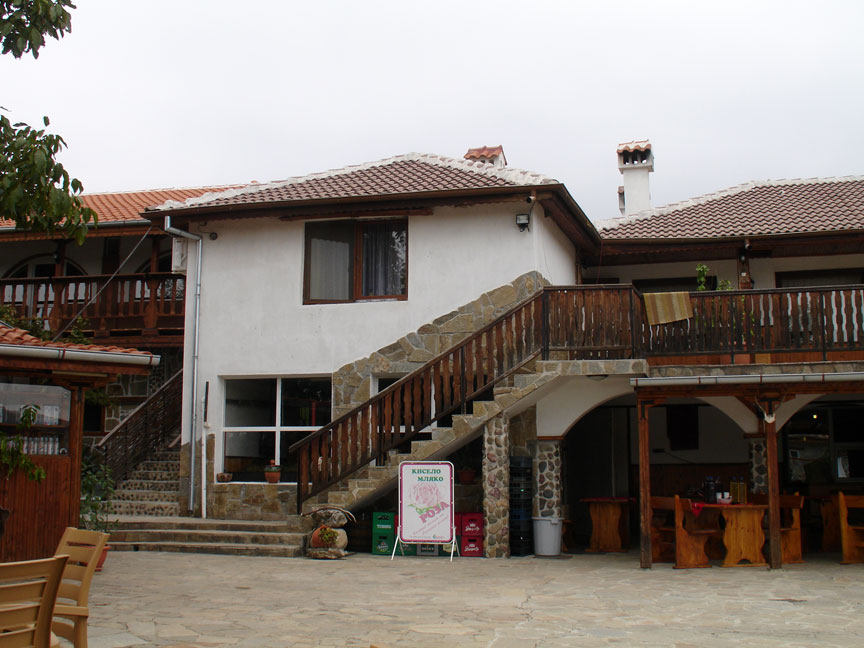
rose oil producer
Most rose oil is produced in Bulgaria, Morocco, Iran and Turkey. Recently, China has begun producing rose oil as well.

The most common chemical compounds present in rose oil are:
citronellol, geraniol, nerol, linalool, phenyl ethyl alcohol, farnesol,
stearoptene, α-pinene, β-pinene, α-terpinene, limonene, p-cymene, camphene, β-caryophyllene,
neral, citronellyl acetate, geranyl acetate, neryl acetate, eugenol, methyl
eugenol, rose oxide, α-damascenone, β-damascenone, benzaldehyde, benzyl alcohol,
rhodinyl acetate, phenyl ethyl formate.
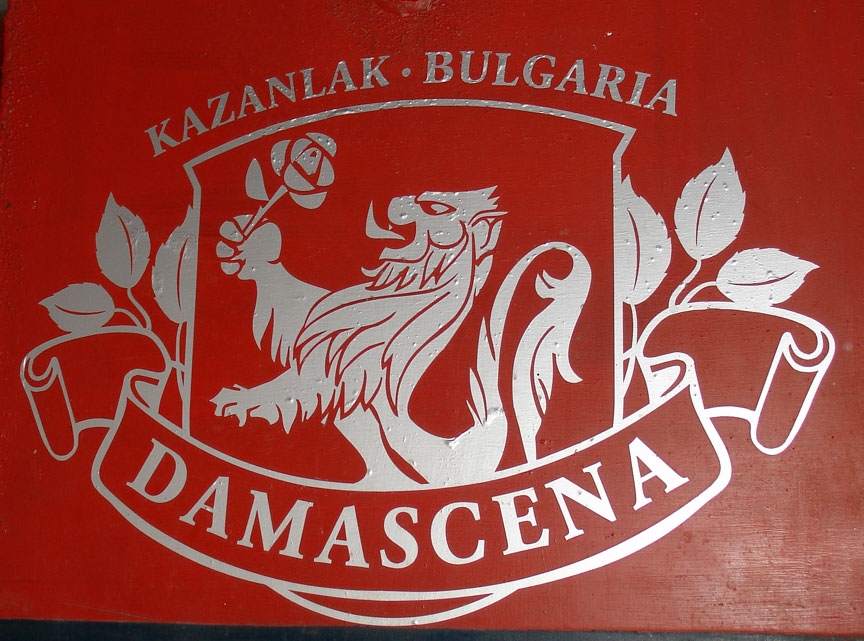
The key flavor compounds that contribute to the distinctive scent of rose oil,
however, are beta-damascenone, beta-damascone, beta-ionone, and rose oxide.
Beta-damascenone presence and quantity is considered as the marker for the
quality of rose oil. Even though these compounds exist in less than 1% quantity
of rose oil, they make up for slightly more than 90% of the odor content due to
their low odor detection thresholds.
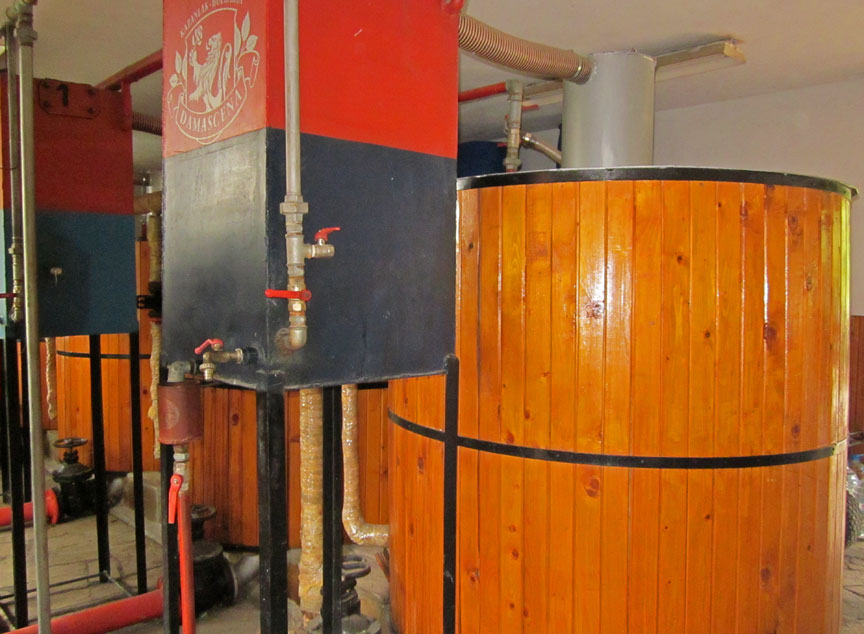
present day rose oil extraction
Due to the labor-intensive production process and the low content of oil in the rose blooms, rose oil commands a very high price. Harvesting of flowers is done by hand in the morning before sunrise and material is distilled the same day.
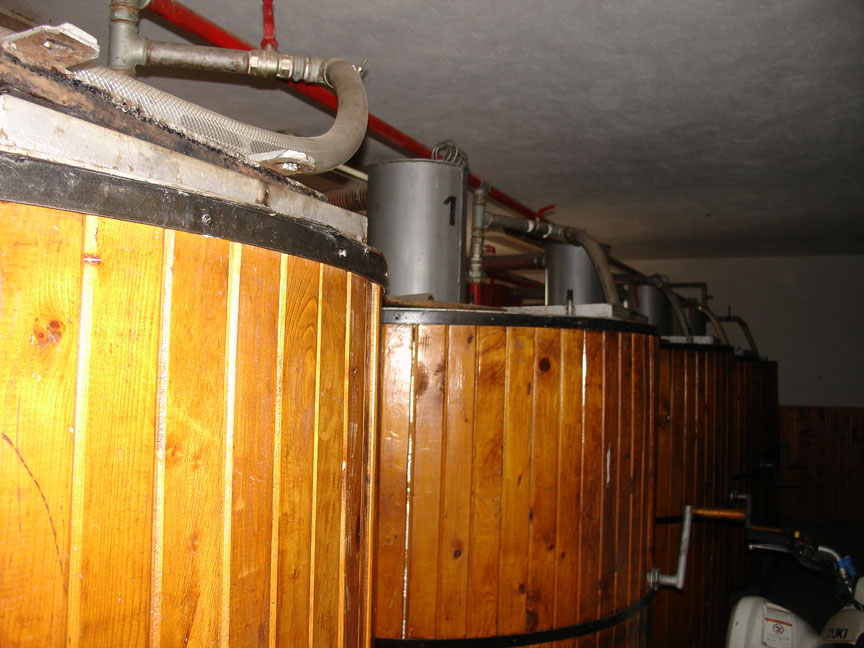
There are three main methods of extracting the oil from the plant material:
Steam distillation, which produces an oil called rose otto or attar of roses.
Solvent extraction, which results in an oil called rose absolute.
Supercritical carbon dioxide extraction, yielding an essential oil that may be marketed as either an absolute or as a CO2 extract.
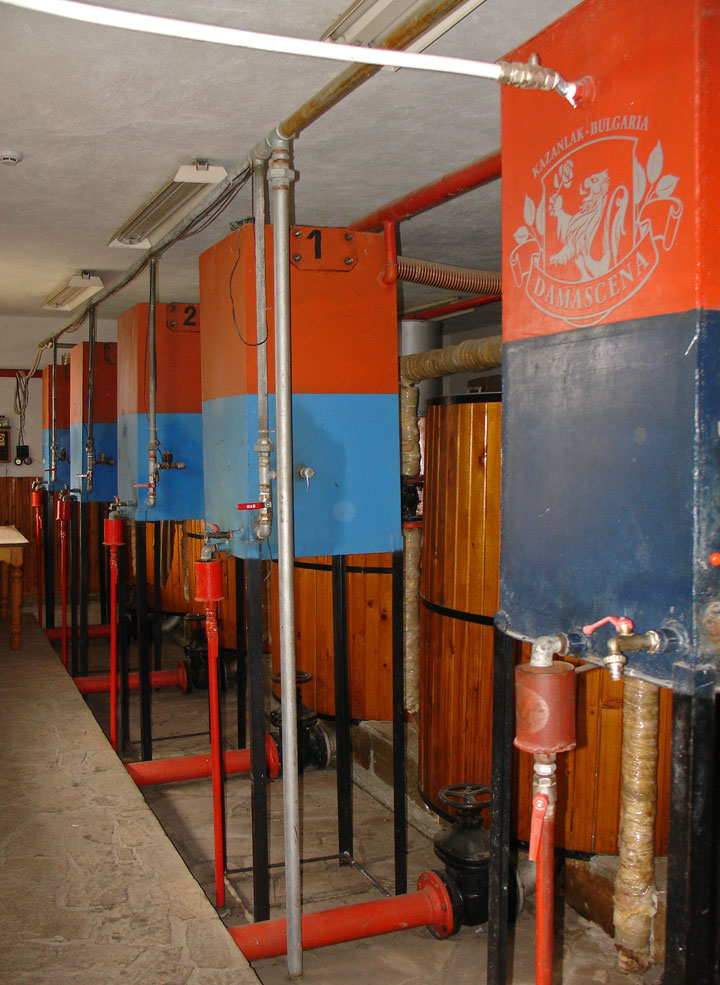
In the process of distillation, large stills, traditionally of copper, are
filled with roses and water. The still is fired for 60–105 minutes. The
vaporized water and rose oil exit the still and enter a condensing apparatus and
are then collected in a flask. This distillation yields a very concentrated oil,
direct oil, which makes up about 20% of the final product. The water which
condenses along with the oil is drained off and redistilled, cohobation, in
order to obtain the water-soluble fractions of the rose oil such as phenyl ethyl
alcohol which are a vital component of the aroma and which make up the large
bulk, 80%, of the oil. The two oils are combined and make the final rose otto.
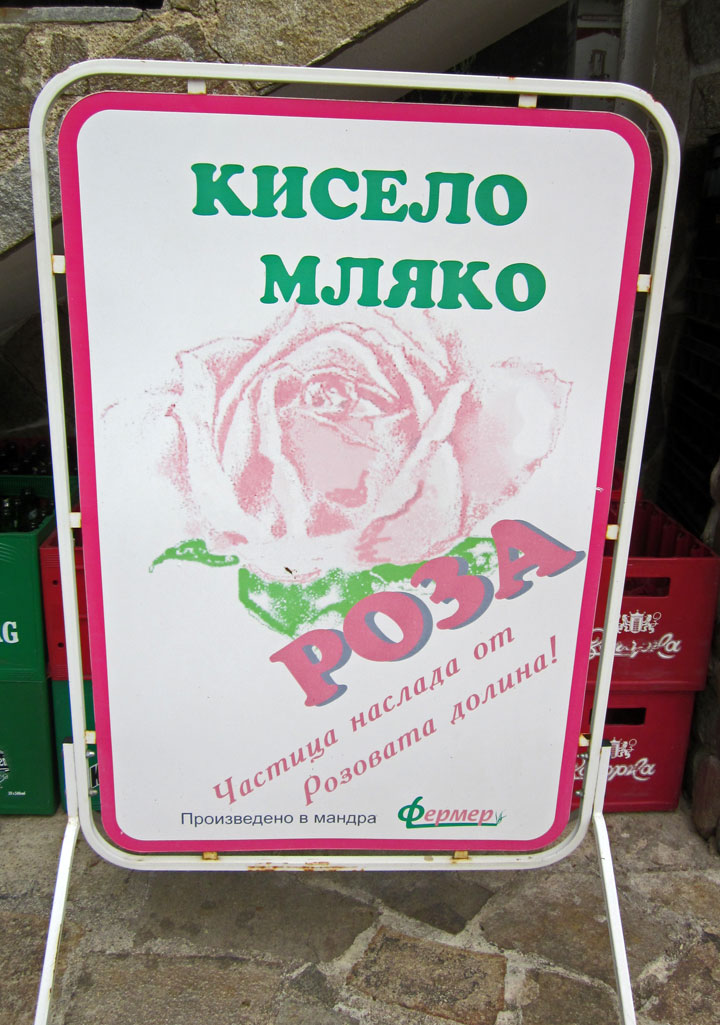
Rose otto is usually dark olive-green in color and will form white crystals at
normal room temperature which disappear when the oil is gently warmed. It will
tend to become more viscous at lower temperatures due to this crystallization of
some of its components.
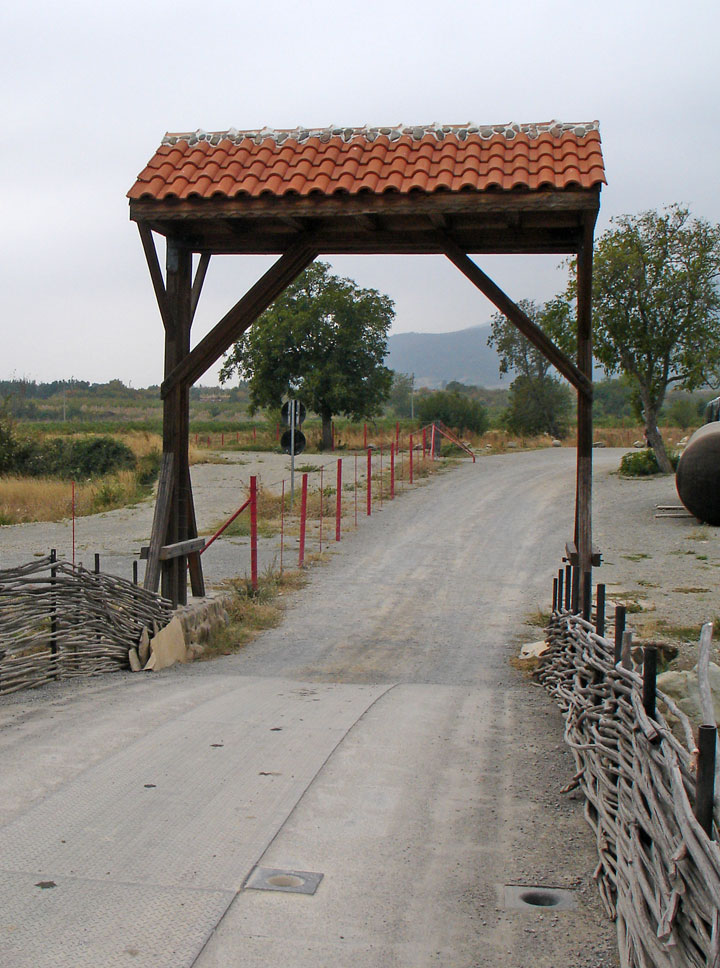
entrance
The essence has a very strong odor, but is pleasant when diluted and used for
perfume. Attar of roses was once made in India, Persia, Syria, and the Ottoman
Empire. The Rose Valley in Bulgaria, near the town of Kazanlak, is among the
major producers of attar of roses in the world.
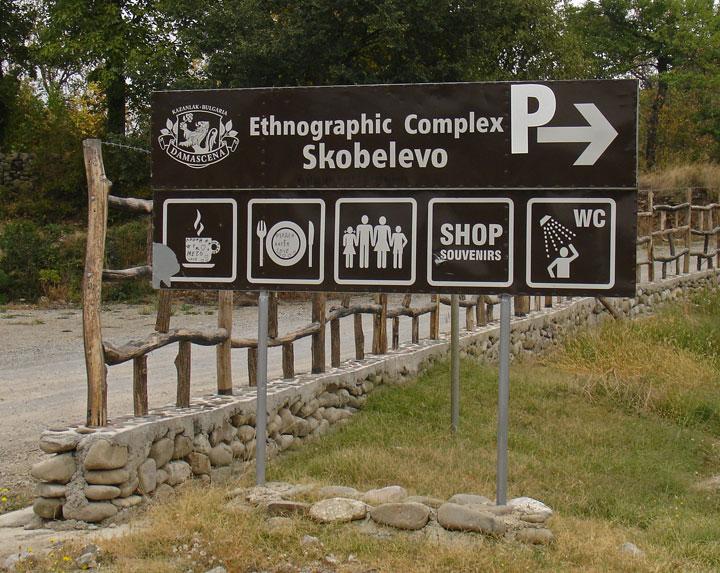
Due to the heat required for distillation, some of the compounds extracted from
the rose undergo denaturing or chemical breakdown. As such, rose otto does not
smell very similar to "fresh" roses.
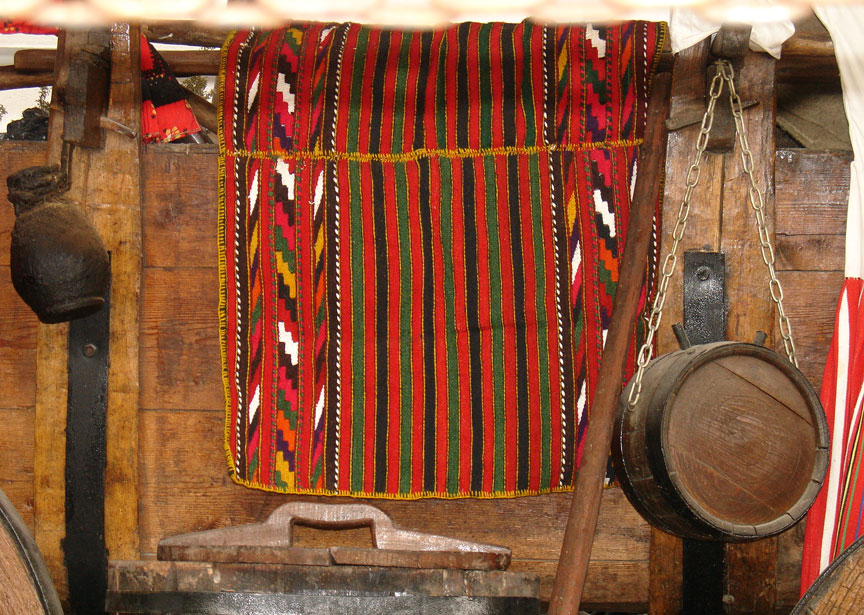
ethnographic
The hydrosol portion of the distillate is known as rosewater. This inexpensive by-product is used widely as a food flavoring as well as in skin care.
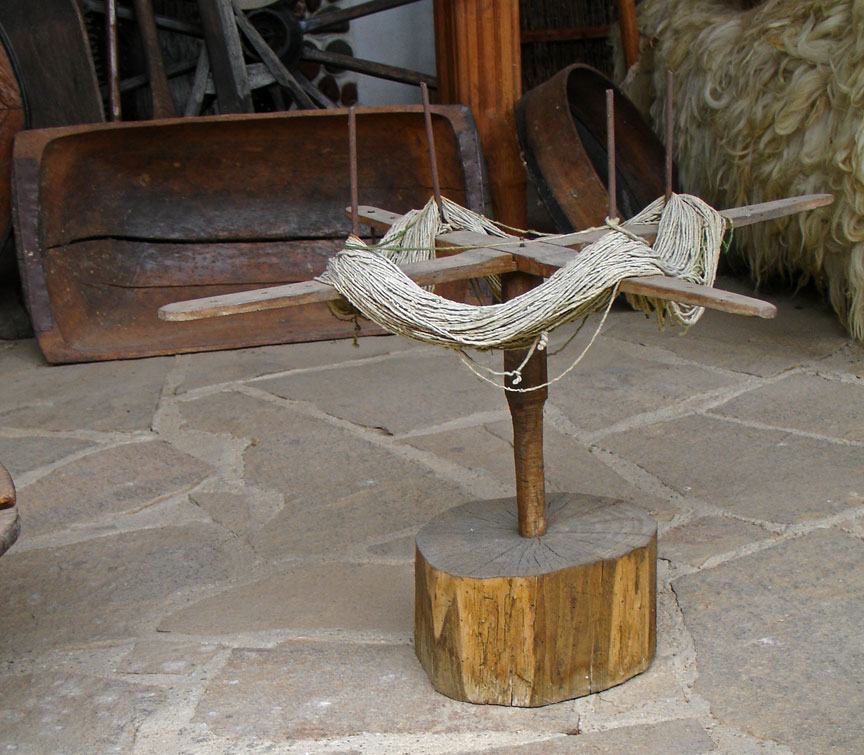
In the solvent extraction method, the flowers are agitated in a vat with a
solvent such as hexane, which draws out the aromatic compounds as well as other
soluble substances such as wax and pigments. The extract is subjected to vacuum
processing which removes the solvent for re-use. The remaining waxy mass is
known as a concrete. The concrete is then mixed with alcohol which dissolves the
aromatic constituents, leaving behind the wax and other substances. The alcohol
is low-pressure evaporated, leaving behind the finished absolute. The absolute
may be further processed to remove any impurities that are still present from
the solvent extraction.
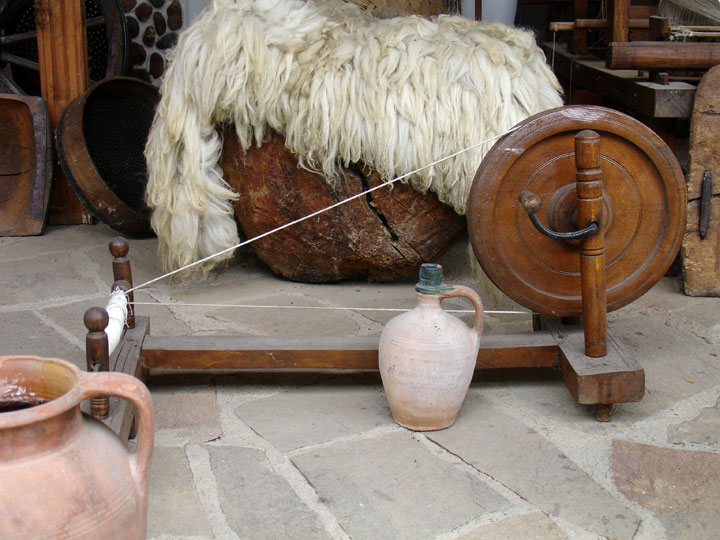
Rose absolute is a deep reddish brown with no crystals. Due to the low
temperatures in this process, the absolute may be more faithful to the scent of
the fresh rose than the otto.
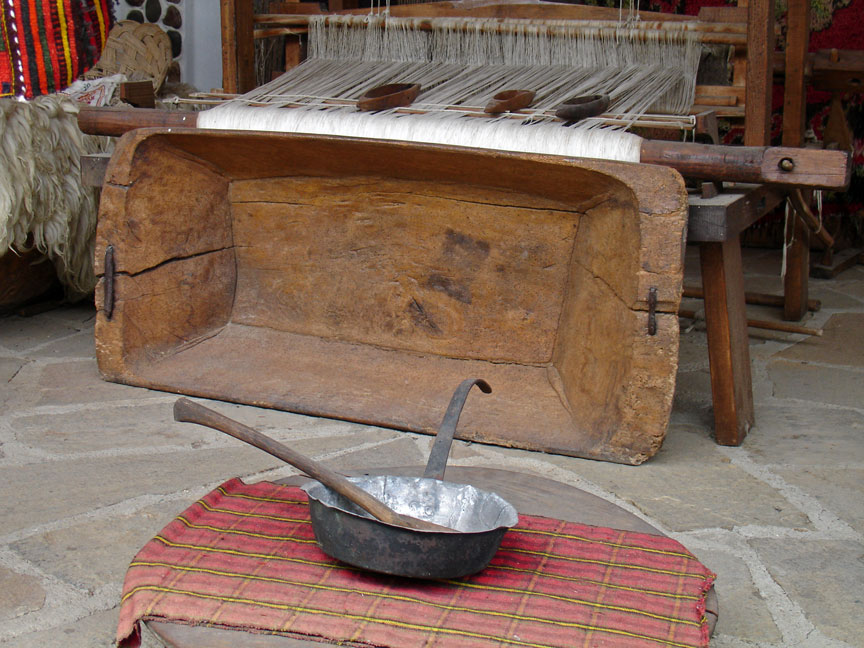
A third process, supercritical carbon dioxide extraction, combines the best
aspects of the other two methods. When carbon dioxide is put under at least 72.9
atm of pressure and at a temperature of at least 31.1°C (the critical point), it
becomes a supercritical fluid with the permeation properties of a gas and the
solvation properties of a liquid. (Under normal pressure CO2 changes directly
from a solid to a gas in a process known as sublimation.) The supercritical
fluid CO2 extracts the aromatics from the plant material.
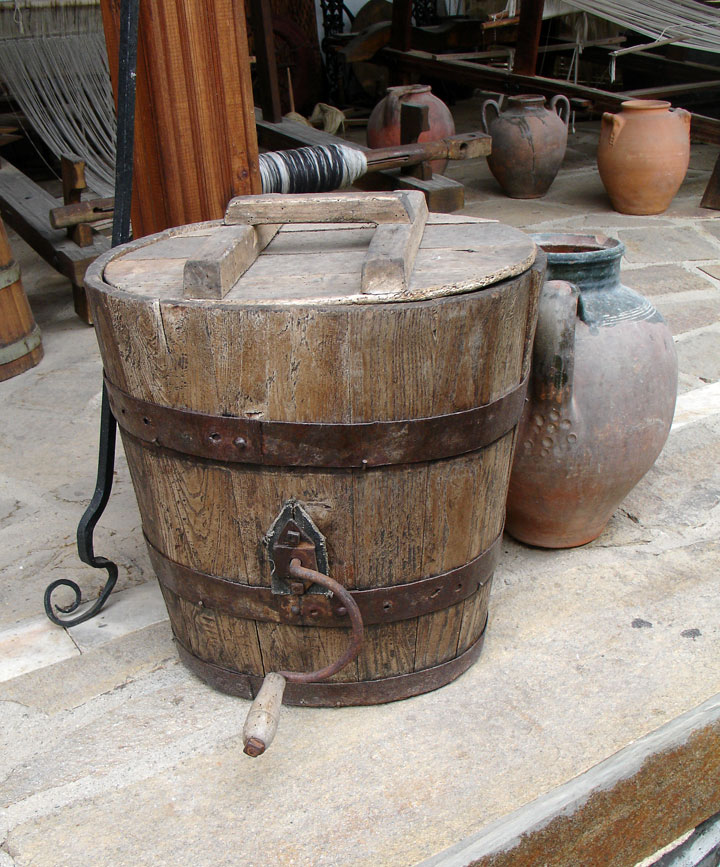
Like solvent extraction, the CO2 extraction takes place at a low temperature,
extracts a wide range of compounds rendering an essence more faithful to the
original, and leaves the aromatics unaltered by heat. Because CO2 is gas at
normal atmospheric pressure, it leaves no trace of itself in the final product.
The equipment for CO2 extraction is expensive, which is reflected in the price
of the essential oils obtained from the process.

It takes many pounds of rose petals to distill one ounce of essential oil.
Depending on extraction method and plant species, the average yield can range
from 1:1500 to 1:10000. To mitigate the cost, some dishonest dealers will
dilute rose oil with geranium (Pelargonium graveolens) or Palmarosa (Cymbopogon
martinii) EO's, both of which are rich in geraniol, the main constituent of rose
oil. Some of these 'rose oils' are up to 90% geranium or palmarosa to 10% rose.
This is referred to as extending the Rose fragrance. This may be done to
compensate for chemotype, e.g. Bulgarian distilled Rose oil is naturally low in
phenylethanol, and Ukrainian or Russian rose oil is naturally high in
phenylethanol.
Text from Wikipedia
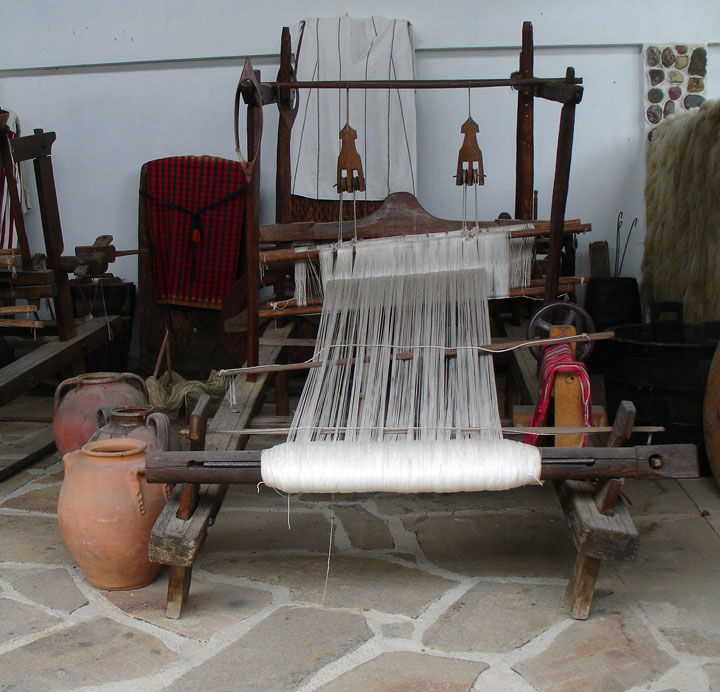

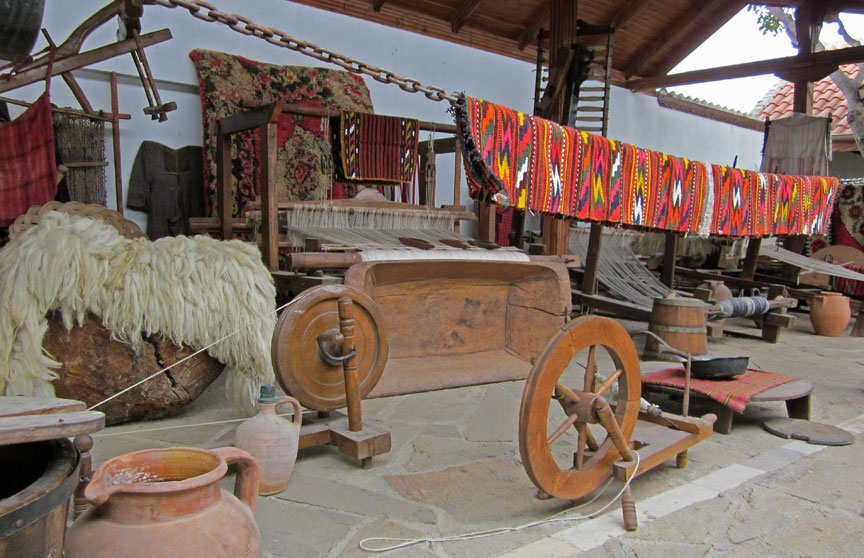

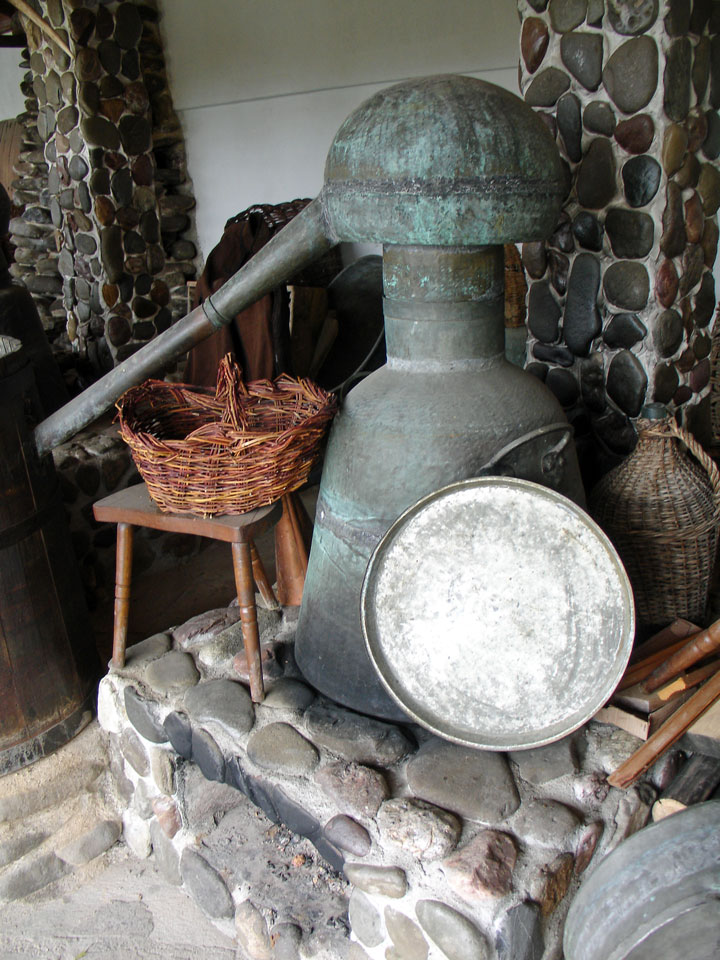


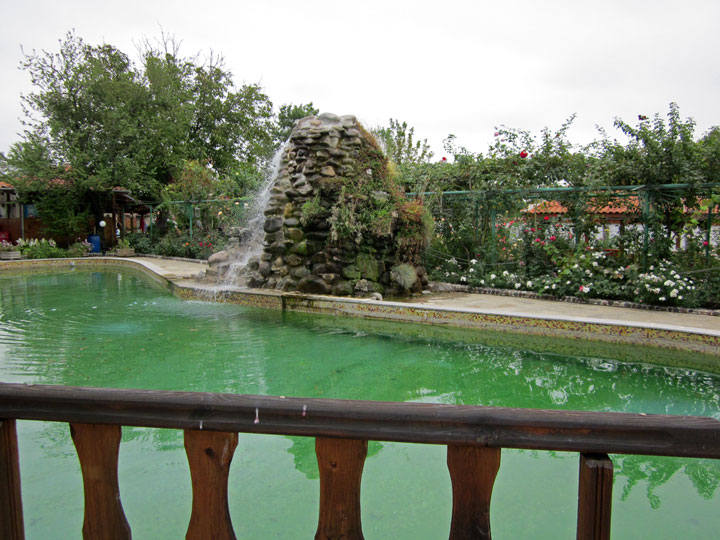
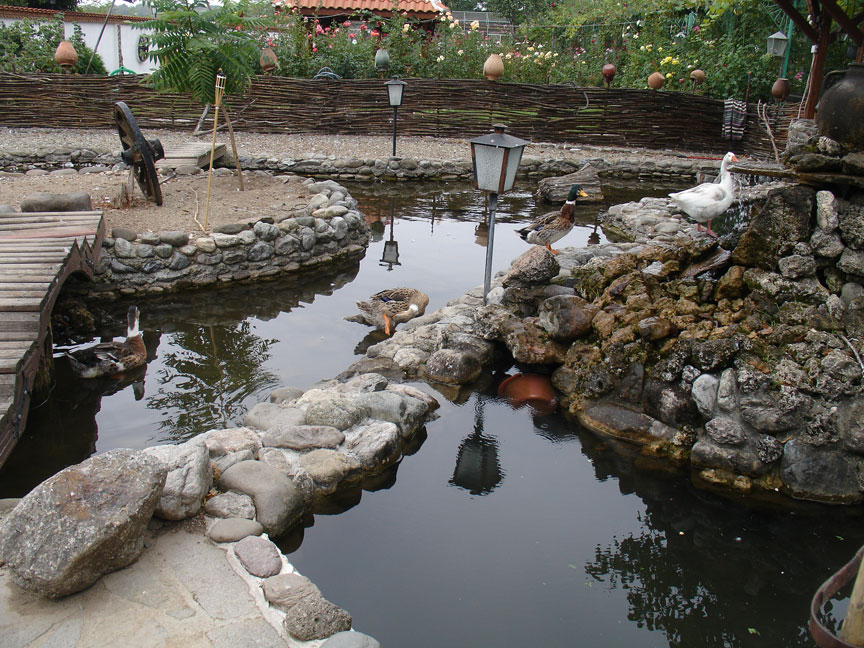
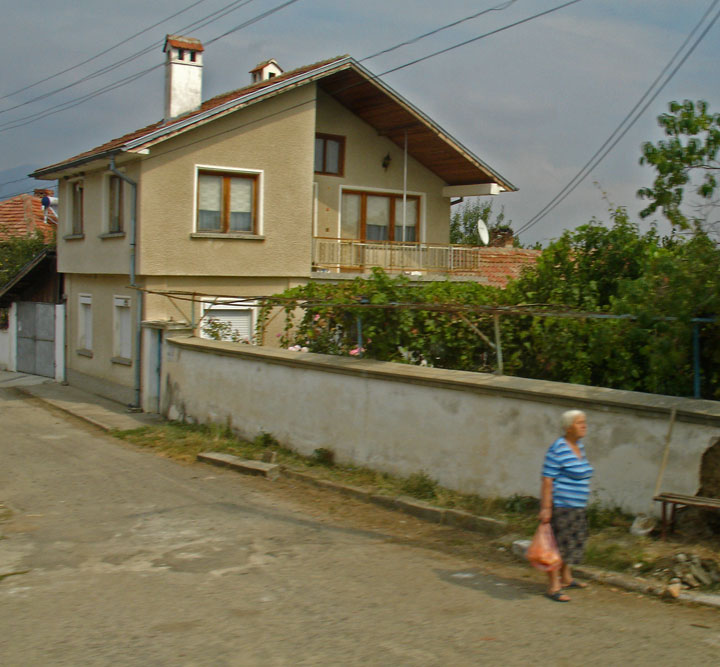
women in the street





















































































